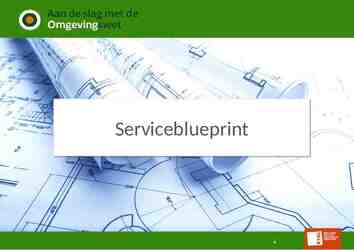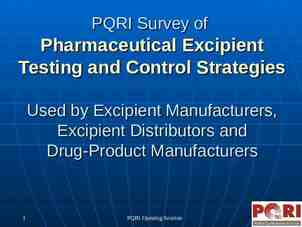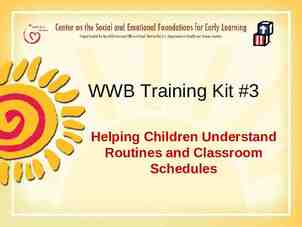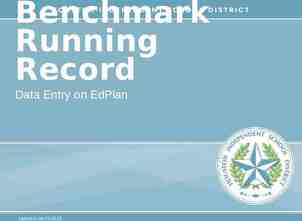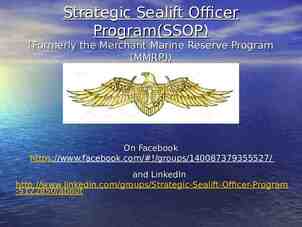FOOD PRODUCT INNOVATION AND DEVELOPMENT CONCEPTS L3
17 Slides142.00 KB

FOOD PRODUCT INNOVATION AND DEVELOPMENT CONCEPTS L3

Learning objectives What product development or innovation is Purpose of developing new products Basic development, formulation or design models

What is product development Develop or design original or new products Modify, better or improve existing products Additions to existing products Cost reductions – In order to satisfy the needs of consumers

Why develop new products? – How do you know when you need new products? slow growth or no growth (to improve sale) consumer demand for change tight competition market change (to lower prices) higher-than-normal turnover in sales force fewer inquiries from prospective customers some competitors leave the market laboratory detection problem engineering technology production improvement packaging improvement

Development of new food products involve all levels of a food company. – – – – – – – – consumer relations marketing laboratory engineering production packaging transport distribution

Product development – series of stages research associated with the design brief development and production launch and promotion Evaluation occurs after each stage – to decide whether the project should continue Stages may vary depending on whether the design brief came from within the company or as a result of consumer demand.

Model

Problem-based Problem in the South Pacific/Fiji – High incidence and prevalence of chronic nutritionally-related diseases Obesity, diabetes, cardiovascular diseases, cancer

Market opportunity Developing products targeting people: – who are suffering from such chronic diseases – high risk population – Avoidance and prevention

Idea Product that would help improve the condition Eliminate the condition

Concept Obesity – too much fat/calorie in foods Low fat/calorie Diabetes – Too much sugar/high GI foods Low sugar/low GI foods CVD – High cholesterol/LDL Raise HDL/omega3, etc

Prototype-Product/Recipe formulation development Rationale Recipe information search Adaptation HACCP Adapted Reformulation Presentation to Client Project Planning Criteria R eproducibl e E asily prepared Recipe Testing A. Existing recipe B. New created recipe Evaluation Recipe writing C oncise Metric adaptation Food photography & styling I nteresting P leasing to the senses E conomical Recipe editing

Recipe Product: HEAVENLY CHOCOLATE HAZELNUT BARS Ingredients 1/2cup butter or margarine,softened 2eggs, separated 1tablespoon light brown sugar 1-1/4cups flour 1teaspoon ground cinnamon 1package (12 ounces) semi-sweet chocolate chips 3/4cup packed light brown sugar 1-1/2cups chopped hazelnuts, toasted 6tablespoons butter or margarine, melted 1-1/2teaspoons vanilla extract Powdered sugar. Method Beat the 1/2 cup butter, egg yolks, and the 1 tablespoon brown sugar together. Stir in flour and cinnamon. Press dough evenly into bottom of a 9x13-inch pan. Bake at 350 F., 10 to 12 minutes, or until lightly browned. Sprinkle with chocolate chips. Bake 2 minutes longer. Spread chocolate evenly. Beat egg whites until foamy. Gradually beat in the 3/4 cup brown sugar. Stir in hazelnuts, melted butter and vanilla. Pour over chocolate; spread evenly. Bake at 350 F., 25 to 30 minutes, or until browned. Cool on wire rack. Sprinkle with powdered sugar. Cut into squares. Serving: Makes 3 dozen bar cookies.

Research and Development Several sensory evaluation and further recipe improvement until appropriate sensory data is achieved

Market Test First batch of new food product is market tested for consumer acceptance – Evaluate people buying, how much, how often, etc – Free sampling in supermarkets Awareness

Launch Celebration of hope of success for the new product

Conclusion Product development requires appropriate skills and knowledge to be successful in the market place

